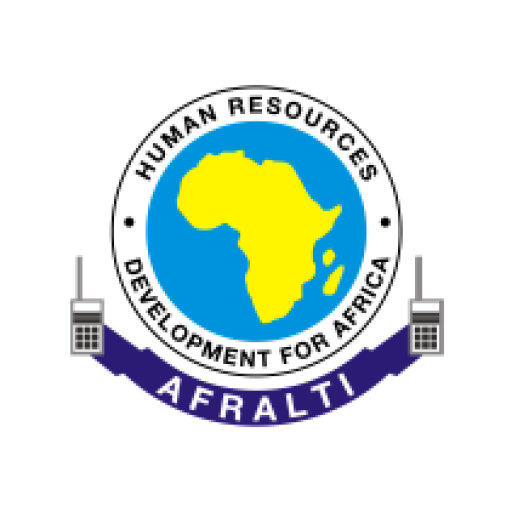
UNLOCKING KENYA’S DIGITAL FUTURE. SPECTRUM SHARING FOR NON-PUBLIC NETWORKS (NPNS)
Kenya’s journey toward leveraging the power of spectrum sharing for Non-Public Networks (NPNs) took a significant step forward with the conclusion of a groundbreaking study supported by the Foreign, Commonwealth and Development Office (FCDO) and the Dynamic Spectrum Alliance (DSA) under the Digital Access Programme (DAP). Spearheaded by the African Advanced Level Telecommunications Institute (AFRALTI), this study marked a critical milestone in evaluating opportunities to unlock underutilized spectrum for economic growth and digital inclusion.
The project brought together a consortium of leading local and international stakeholders, including; Aegir Consult, a local GIS partner, Academic institutions such as Strathmore University, University of Nairobi, and the University of Strathclyde and The Communications Authority of Kenya (CA), which provided regulatory oversight and strategic direction.
The concept of spectrum sharing has gained momentum globally, and Kenya is no exception. With growing interest in the “use it or share it” approach, the study highlighted significant potential to alleviate challenges in wireless Internet access, particularly for underserved groups.
Past initiatives in Kenya, including trials with TV White Spaces and Wi-Fi 6E, have demonstrated the feasibility of opportunistic access to unused spectrum. This model is seen as a way to advance Industry 4.0 innovations, such as the Internet of Things (IoT), and to bridge the digital divide by bringing connectivity to remote and underserved regions.
A core component of the study was the Geographic Information Systems (GIS) analysis, which examined the current usage and coverage of key bands, including 800 MHz, 2.6 GHz, and 3.5 GHz. The analysis identified potential sites for NPN deployments, focusing on key economic hubs such as: Konza Technopolis and Mwale Medical and Technology City.
The study also drew lessons from the implementation of spectrum sharing in other regions, particularly in mid-band frequencies through Private 5G networks. By analysing models from across the three International Telecommunication Union (ITU) regions, the study outlined a framework for Kenya to develop policies and regulations that align with global trends while addressing local needs.
As Kenya continues its journey toward digital transformation, this study underscores the critical role of spectrum sharing in fostering connectivity, innovation, and economic progress. By enabling NPN deployments, Kenya is not only embracing cutting-edge technology but also creating opportunities to bridge the digital divide and enhance access for underserved communities.
The study’s recommendations provide a roadmap for stakeholders to collaborate in unlocking the potential of mid-band spectrum, positioning Kenya as a leader in dynamic spectrum management and digital inclusion in Africa.



